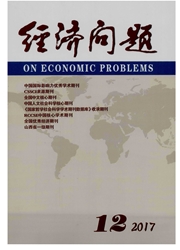

 中文摘要:
中文摘要:
运用2011年中国家庭金融调查(CHFS)数据,研究了中国城镇居民家庭风险金融资产投资情况,实证中系统考虑了家庭异质性影响因素。主要的发现有:风险性金融资产比例在家庭资产净值达到约170万后开始下降,样本家庭的平均资产净值远离下降点;信贷约束的存在降低了风险资产的投资比例;家庭房产和风险金融资产之间是互补关系而非替代关系;健康状况、家庭医疗支出对医疗保险计划的影响至关重要;风险性金融资产比例在户主年龄达到约58岁后开始下降,样本家庭户主的平均年龄接近下降点。这些实证结论为政府提供了更具针对性的政策含义。
 英文摘要:
英文摘要:
Using the data of China Household Finance Survey( CHFS), this paper studies the risky financial asset allocation of China urban households. The factors of households heterogeneity are considered systematically in empirical research. The empirical results show that risky financial asset ratio began to decline when household net worth reaches about 1.7 million, and the average net worth of sample households is still far away from this turning point; credit constraints reduces the risky asset ratio. There exits complementary rather than substitutional relationship between home ownership and risky financial asset holding. Health status, family medical expenses and health insurance play important roles in risky asset allocation. Risky asset ratio began to decline when the age of household head touch about 58 years old, and the average age of sample households heads is already near this turning point. Above findings provide some policy implications.
 同期刊论文项目
同期刊论文项目
 同项目期刊论文
同项目期刊论文
 期刊信息
期刊信息
